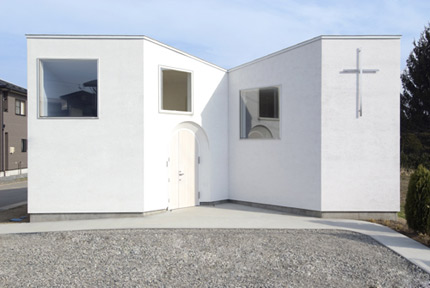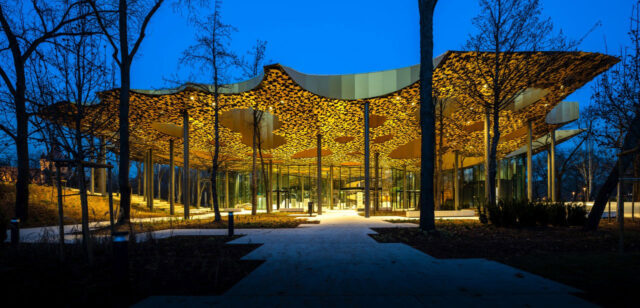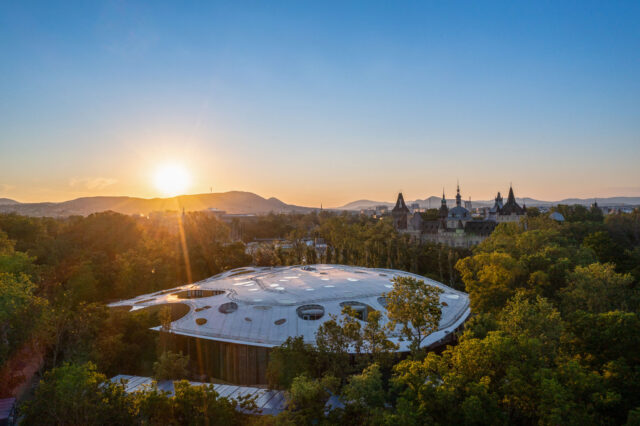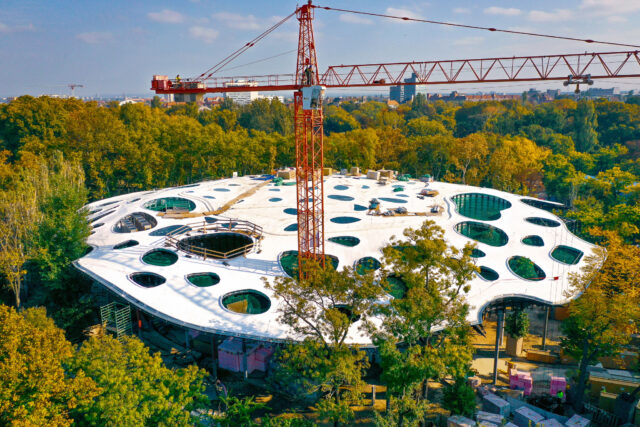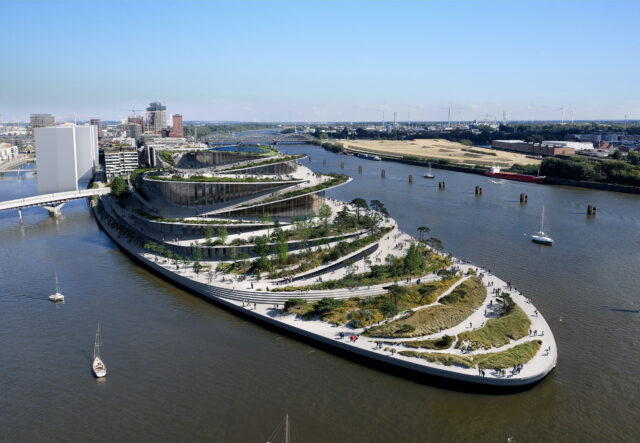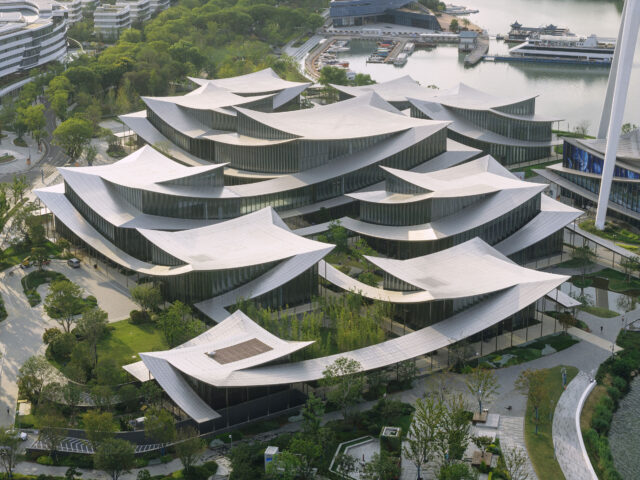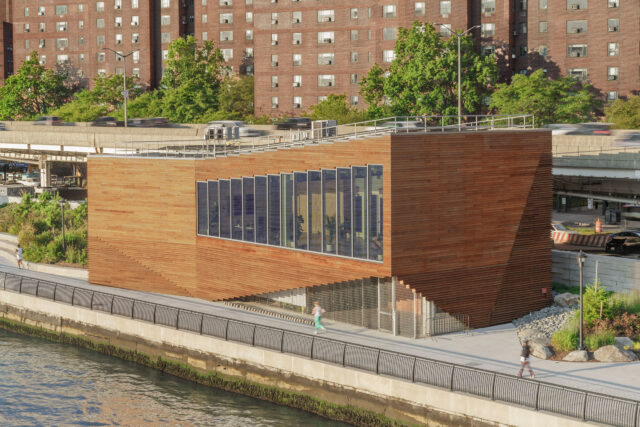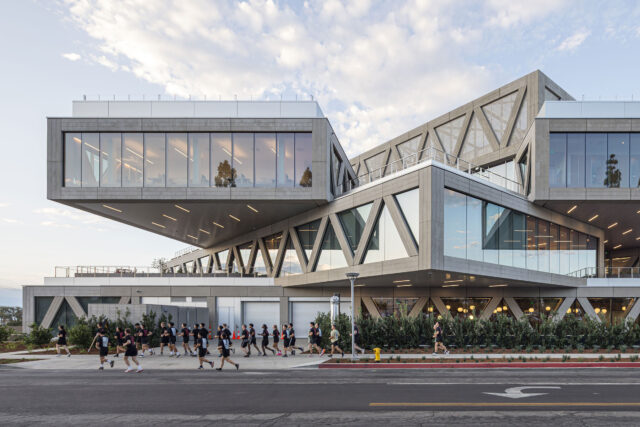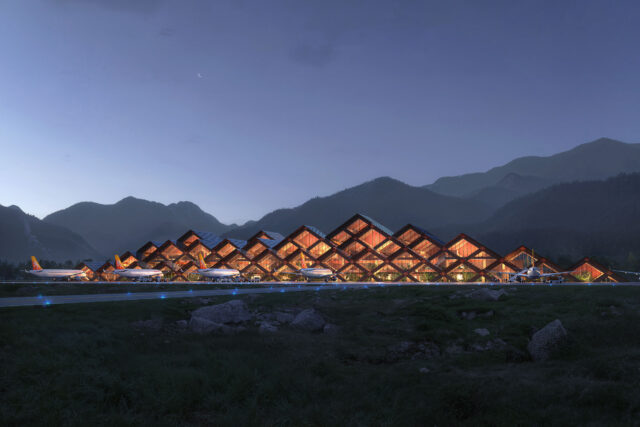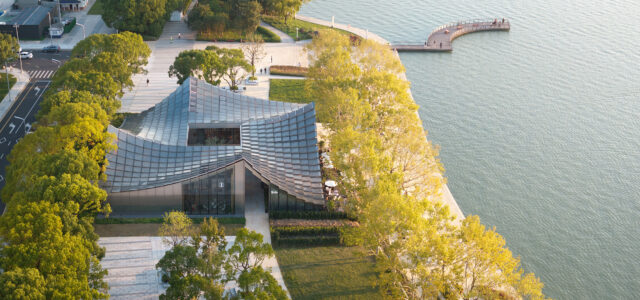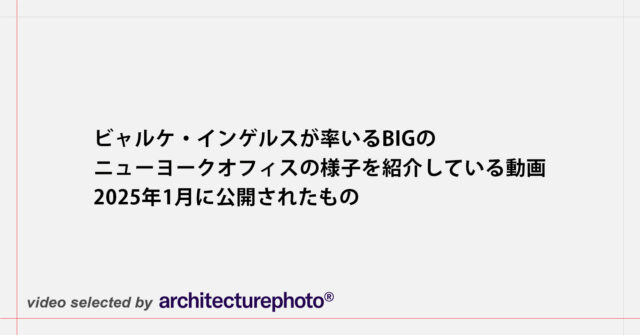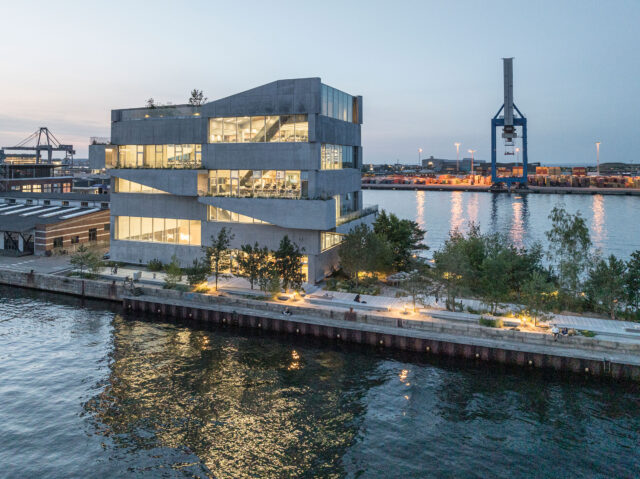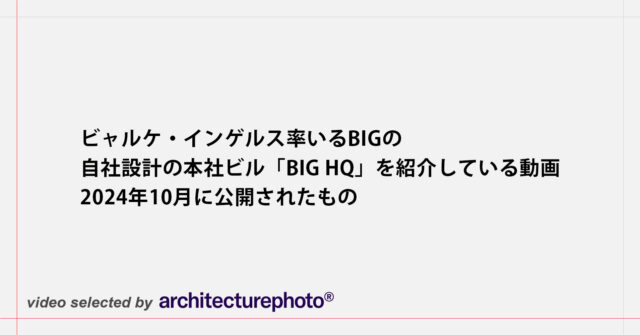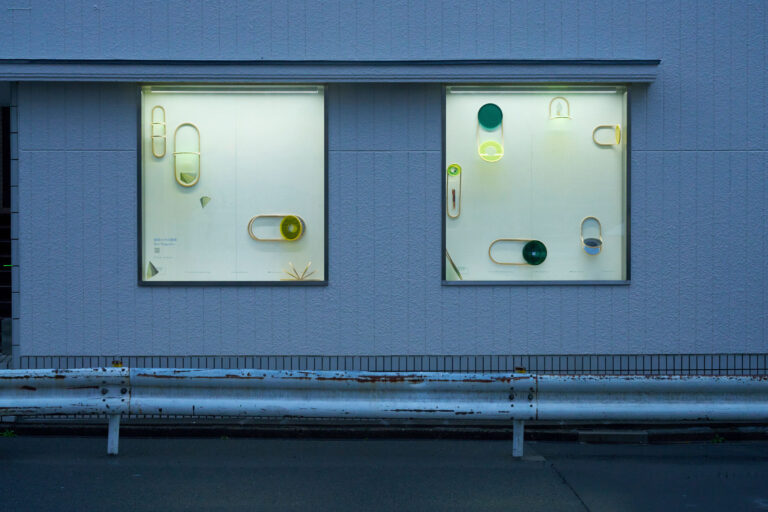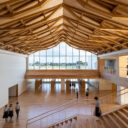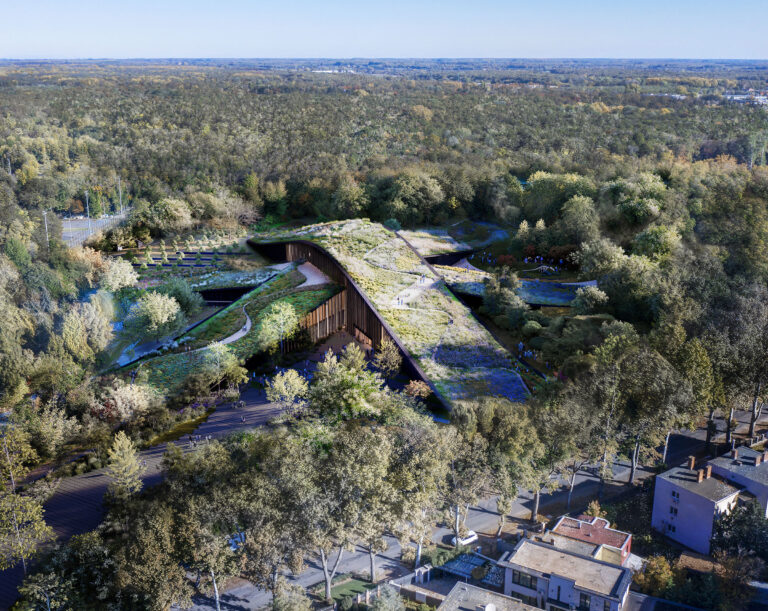
SHARE BIGによる、新しいハンガリー自然史博物館。何世紀もの歴史がある大森林の中での計画。地域の教育と文化に貢献する施設として、3本の緑化された帯が重なり合う建築を考案。全方位からのアクセスも可能で都市構造と自然景観の両方に溶け込む



BIGによる、新しいハンガリー自然史博物館です。
何世紀もの歴史がある大森林の中での計画です。建築家は、地域の教育と文化に貢献する施設として、3本の緑化された帯が重なり合う建築を考案しました。また、全方位からのアクセスも可能で都市構造と自然景観の両方に溶け込みます。BIGはVikar es Lukacs Epites Studio、Museum Studio、TYPSAと協働して国際コンペに勝利しました。
こちらはリリーステキストの翻訳です(文責:アーキテクチャーフォト)
BIGが、新しいハンガリー自然史博物館の設計に関する国際コンペで勝利しました。
BIG(ビャルケ・インゲルス・グループ)が、ハンガリー第2の都市デブレツェンにある新しいハンガリー自然史博物館の本拠の設計者として選ばれました。この23,000㎡の博物館は、市の北部にある何世紀もの歴史を持つ大森林の中に位置し、新たな公共かつ科学的な目的地を形作るために、森の床から緩やかに立ち上がる3本の重なり合う造園された帯が提案されました。
デブレツェンの大森林ナジュエルデーの縁にある旧スポーツグラウンドに位置する新しいハンガリー自然史博物館は、Vikar es Lukacs Epites Studio、Museum Studio、TYPSAとの協働で設計されています。この博物館はブダペストにある既存の施設に代わるものであり、2030年までにデブレツェンを教育と文化の主要な地域拠点として確立するという政府の構想を支援します。博物館および文化・イノベーション省によって委託されたこの新しい博物館には、常設および企画展示ホール、教育・研究施設、公共設備、そしてバックヤードスペースが設けられます。
「自然史は私にとってとても大切な分野です。あまりにも大切なので、長男にダーウィンと名付けたほどです。デブレツェンの大森林にあるハンガリー自然史博物館の設計を委ねられたことは、大変光栄です。私たちの設計は、道筋と系統の交差点として構想されています。交差する造園された帯が重なり合い、一連のニッチや生息環境、ホールやギャラリーを生み出し、内と外、親密さと巨大さとをシームレスに融合させます。その結果は、森の開けた場所にある人工の丘です。幾何学的に明快でありながら、柔らかく有機的でもあり、自然界の驚異にふさわしい場所となっています」ビャルケ・インゲルス、BIG創設者兼クリエイティブディレクター
新しい博物館は、景観に合わせて起伏する3つの重なり合うヴォリュームによって形作られています。中大断面木造の構造体と焼杉のファサードを備えたこの博物館は、地面に部分的に埋め込まれ、森の床から立ち上がって公園の風景に視覚的に溶け込んでいます。一方で、その傾斜した屋根は一般の人々のアクセスを促し、市街を一望できる広大な景色を提供します。
「私たちはハンガリー自然史博物館を、その環境と一体として構想しました。それは周囲の景観によって形作られると同時に、その景観を形作るものでもあります。中大断面木造で建てられたこの建物は、地面から立ち上がる地元産の焼杉パネルを用いたファサードを特徴とし、建築と自然の境界をあいまいにしています。この博物館は地中の熱容量を活用し、地熱ループや太陽光パネルを含む現地のエネルギーシステムを統合することで、年間を通じて安定した屋内環境を確保しています。この建物は単にその場所を保存するのではなく、それを回復・強化し、生物多様性を再生させながら、静かに周囲の環境に適応します。」ハンナ・ヨハンソン、BIGパートナー
どの方向から訪れても、来館者は開かれた広場や曲がりくねった森の小道、そして建物越しや建物上からの切り取られた眺望に出会います。この博物館は全方向からアクセス可能で、都市の構造と周囲の自然景観の両方に溶け込んでいます。到着地点には広々とした南側の広場があり、地域の暮らしと博物館の活動が交わる交流の場となっています。
館内では、レセプションホールが中心の方位点として機能し、周囲に広がる展示ウイングを垣間見ることができます。展示ウイングは放射状に配置されており、5つが常設ギャラリー用、1つが企画展示や一般向けプログラム用となっています。上階には図書館とレストランがあり、森の樹冠を望むことができます。一方、下階には学習ハブがあり、学生や家族、スタッフのためのワークショップ、遊びの空間、研究ラボが設けられています。
建築面積を最小限に抑えることで、博物館は地形の中に部分的に埋もれるように存在しています。傾斜した緑化屋根には在来種が植えられており、地域の動植物の生息地を提供すると同時に、公園が博物館の上に視覚的に広がっていくように見せています。植生は敷地内を通って建物内部まで続いており、年間を通じて一般の人々が休憩や集まりに利用できるエリアを提供しています。
以下の写真はクリックで拡大します




















以下、リリーステキストです。
BIG WINS INTERNATIONAL COMPETITION TO DESIGN THE NEW HUNGARIAN NATURAL HISTORY MUSEUM
BIG – Bjarke Ingels Group has been selected to design the home of the new Hungarian Natural History Museum in Hungary’s second-largest city, Debrecen. The 23,000 m2 museum will be nestled within the centuries-old Great Forest in the northern part of the city, proposing three overlapping landscaped ribbons that gently rise from the forest floor to form a new public and scientific destination.
Located on a former sports ground at the edge of Debrecen’s Great Forest, Nagyerdo, the new Hungarian Natural History Museum is designed in collaboration with Vikar es Lukacs Epites Studio, Museum Studio and TYPSA. The museum will replace the existing institution in Budapest, supporting the government’s vision to establish Debrecen as a key regional hub for education and culture by 2030. Commissioned by the Museum and the Ministry of Culture and Innovation, the new museum will house permanent and temporary exhibition halls, educational and research facilities, public amenities, and back-of-house spaces.
“Natural history is a subject dear to me – so dear that I named my oldest son Darwin. To that end, it is a great honor to have been entrusted with the authorship of the Hungarian Natural History Museum in the Great Forest of Debrecen. Our design is conceived as an intersection of paths and lineages. Intersecting ribbons of landscape overlap to produce a series of niches and habitats, halls and galleries, blending the inside and the outside, the intimate and the mastodontic in seamless continuity. The result is a manmade hill in a forest clearing; geometrically clear yet softly organic – an appropriate home for the wonders of the natural world.” – Bjarke Ingels, Founder and Creative Director, BIG
The new museum is defined by three overlapping volumes that rise and fall with the landscape. With a mass timber structure and charred timber facade, the museum is partially sunken into the ground and rises from the forest floor to visually blend into its park surroundings, while its sloping roofscape invites public access and offers expansive views of the city.
“We envisioned the Hungarian Natural History Museum as an integrated part of its environment, both shaped by and shaping the landscape around it. Constructed from mass timber, the building features a facade of locally sourced charred timber panels that emerge from the ground, blurring the lines between architecture and wilderness. The museum draws on the thermal mass of the ground and integrates on-site energy systems, including geothermal loops and photovoltaic panels, to ensure a stable indoor climate year-round. Rather than simply preserving the site, the building restores and enhances it – regenerating biodiversity while quietly adapting to its surroundings.” – Hanna Johansson, Partner, BIG
Approaching from any direction, visitors are met with open plazas, winding forest paths and framed views through and over the building. The museum is accessible from all sides, integrating it into both the urban fabric and the surrounding natural landscape. The arrival is marked by a generous southern plaza that forms a meeting point for community life and museum activities.
Inside, the reception hall acts as a central compass point, offering glimpses into the surrounding exhibition wings – five for permanent galleries and one for temporary shows and public programs, organized in a radial layout. Above, a library and restaurant offer views into the forest canopy, while below, a learning hub hosts workshops, play spaces and research labs for students, families and staff.
Minimizing its footprint, the museum is partially hidden in the terrain. The sloping green roofs are planted with native species, offering habitats for local flora and fauna while visually extending the park over the museum. Vegetation continues through the site and into the building, offering areas for rest and gatherings for the public year-round.
■建築概要
PROJECT INFORMATION
Name: Hungarian Natural History Museum
Size: 23,000 m2
Location: Debrecen, Hungary
Client: DIF Debrecen
Collaborators: Vikar es Lukacs Epites Studio, Museum Studio – London, TYPSA
───
PROJECT TEAM
Partner in Charge: Bjarke Ingels, Hanna Johansson
Project Leader: Jakub Fratczak
Team: Alessandra Baroni, Camila Antonella Mina, Camila Pagnoncelli, Dominika Klopotek, Gian Marco Prisco, Juan Carpio, Nicolas Bachmann Bellido, Olivia Sarra Gomez, Angel Barreno Gutierrez

